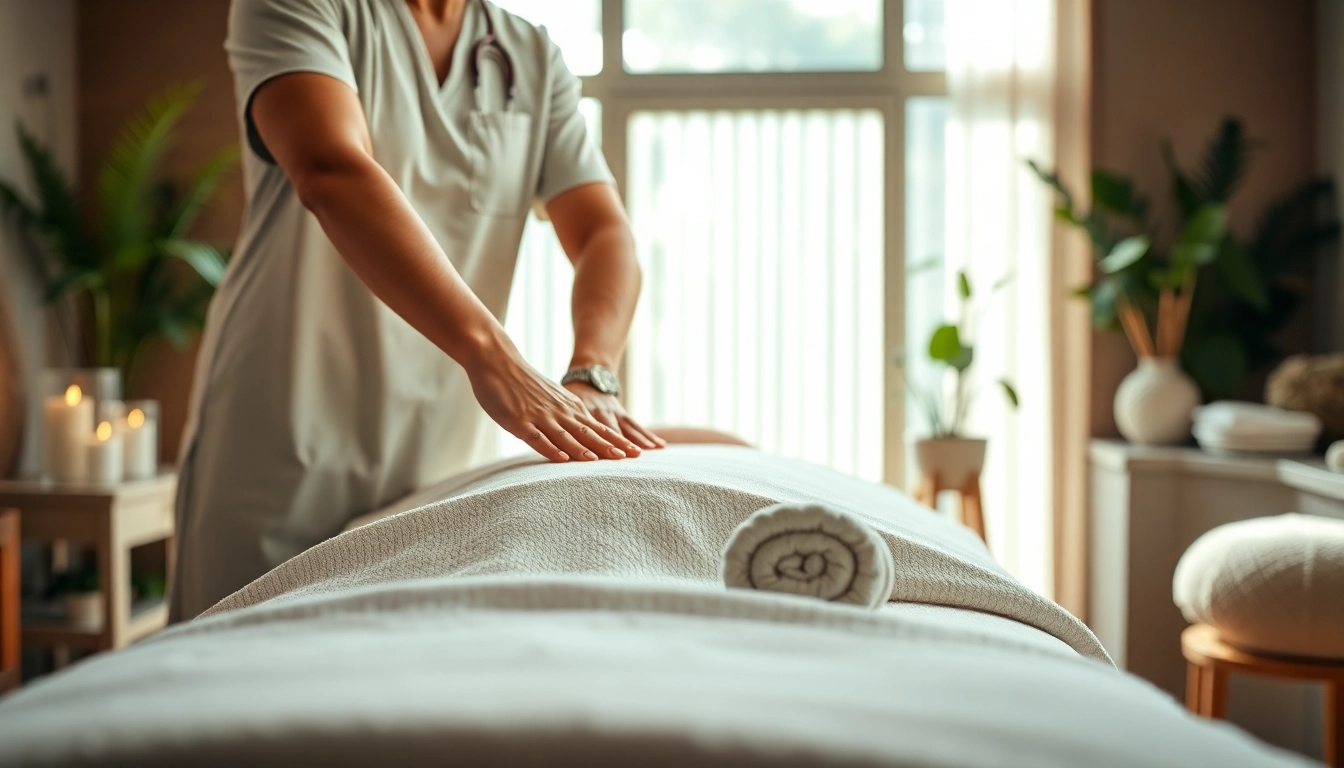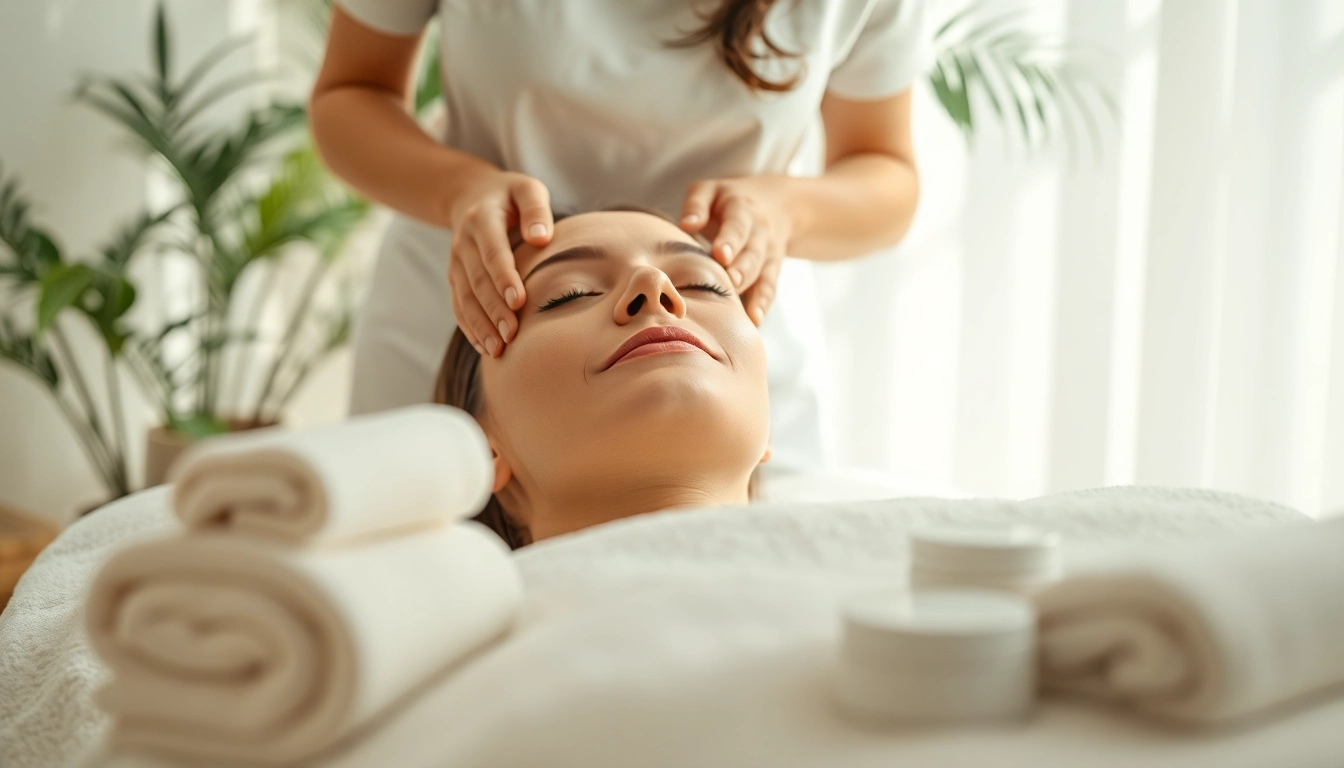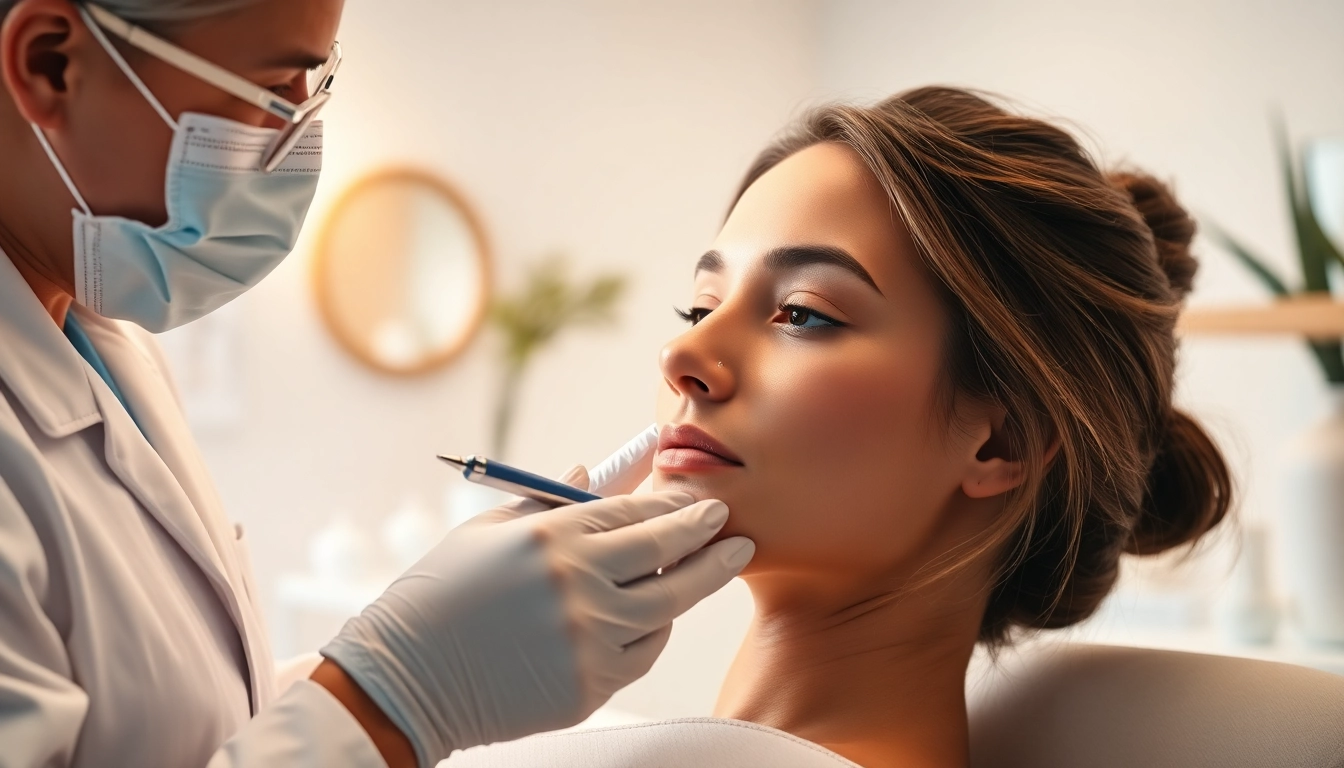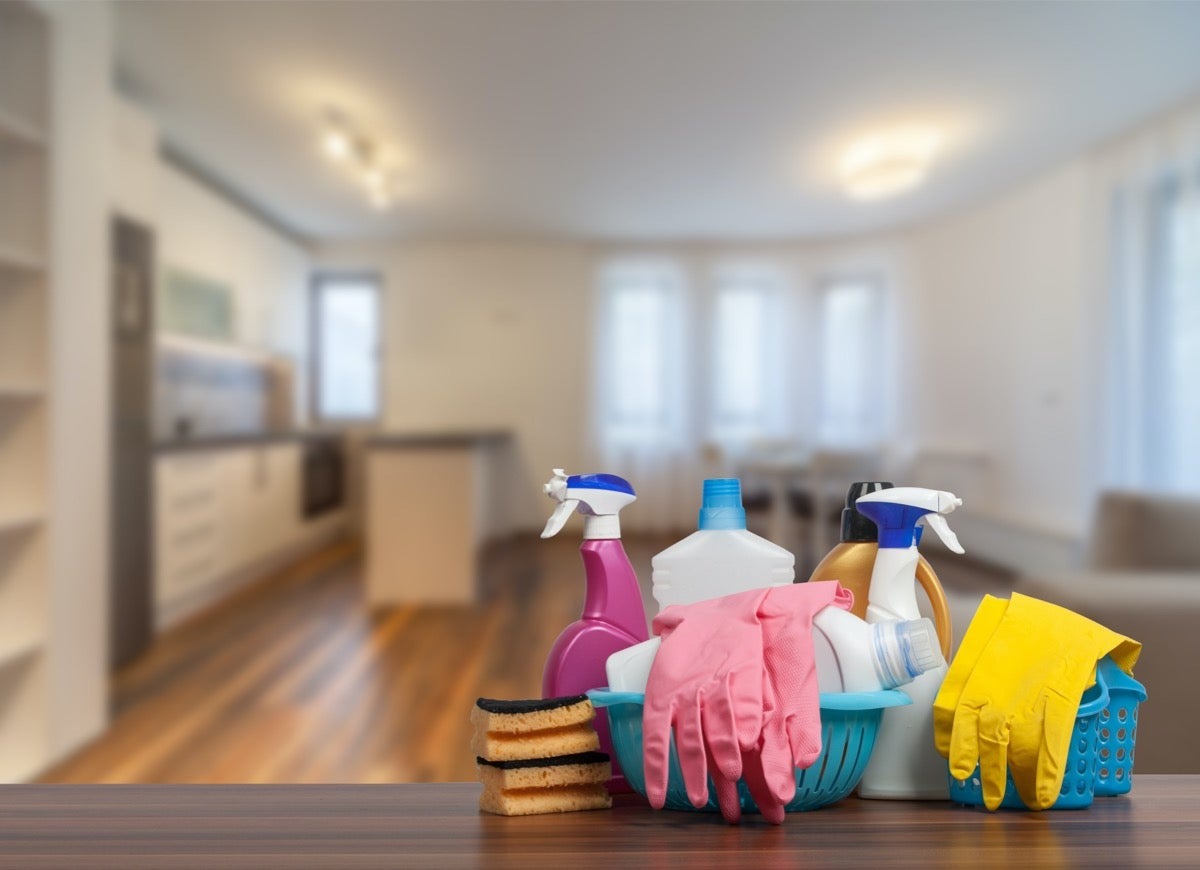Understanding the Basics of Waxing
What is Waxing? A Comprehensive Overview
Waxing is a popular hair removal method that offers smooth, hair-free skin for weeks at a time. But what exactly is waxing? This technique employs a sticky substance, typically made from natural or synthetic resins, to adhere to body hair. Once the wax is applied, it is pulled away quickly, removing the hair from the root. This method can be used on various parts of the body, including legs, arms, eyebrows, and sensitive areas such as the bikini line. Unlike shaving, which only cuts hair at the surface level, waxing pulls the hair from the follicle, resulting in slower regrowth and finer hair over time.
Benefits of Waxing Compared to Other Hair Removal Methods
Waxing holds several advantages over other hair removal methods, making it a preferred choice for many. Here are a few key benefits:
- Long-lasting results: Waxing can keep your skin smooth for 3 to 6 weeks, depending on your hair growth cycle, berating the need for frequent touch-ups.
- Reduced hair growth: Over time, waxing can lead to thinner and finer hair, making hair removal easier with each session.
- Less irritation: Unlike shaving, which can cause bumps, cuts, and razor burn, waxing typically results in minimal irritation.
- Exfoliation: Waxing not only removes hair but also exfoliates the skin, helping to remove dead skin cells for a smoother texture.
For more insights about the waxing process, you can refer to a comprehensive guide on waxing.
Different Types of Waxing and Their Uses
There are multiple types of waxing services available, catering to different needs and preferences:
- Strip Waxing: Utilizes a soft wax, applied in a thin layer and removed using cloth strips. Ideal for larger areas like legs and arms.
- Hard Waxing: Applied thickly and removed without strips. This method is particularly effective for sensitive areas, such as the bikini line, as it adheres to the hair rather than the skin, reducing pain.
- Facial Waxing: Specifically designed for areas like the eyebrows, upper lip, and chin. Often, soft wax is used given the gentler nature of facial skin.
- Brazillian Waxing: A more extensive hair removal that involves waxing the entire bikini area, leaving minimal hair or none, depending on personal preference.
Preparing for Your Waxing Appointment
Pre-Waxing Tips for Optimal Results
Preparation is key to achieving optimal results and a comfortable waxing experience. Here are some tips to prepare for your appointment:
- Grow your hair out: For waxing to be effective, your hair should be about ¼ inch long. Typically, this requires waiting about 2 to 3 weeks after shaving.
- Exfoliate your skin: Gently exfoliate the waxing area a day or two before your appointment to remove dead skin cells and reduce the risk of ingrown hairs.
- Avoid tanning: Steer clear of sun exposure or tanning beds for at least 24 hours before waxing to prevent skin irritation.
- Consult with your esthetician: If you have any skin conditions or are using topical treatments like retinoids, inform your esthetician beforehand.
Choosing the Right Waxing Service for Your Needs
With various types of waxing services available, it’s crucial to select the right one based on your needs. Consider the following factors when choosing a waxing service:
- Your skin type: If you have sensitive skin, hard wax might be more suitable as it causes less irritation.
- The area being waxed: Different parts of the body require different techniques. Thicker wax may be better for sensitive areas.
- Your pain tolerance: Hard wax may also be less painful for those who are sensitive to discomfort during hair removal.
What to Expect During Your First Waxing Experience
Understanding what to expect during your first waxing appointment can help ease any anxiety. Most waxing appointments last between 15 minutes to an hour, depending on the area being treated. Here’s a typical experience:
- Consultation: Your esthetician will discuss with you about your hair growth, skin type, and any products you may have used on the area to be waxed.
- Preparation: The area will be cleaned, and your esthetician may apply a pre-wax treatment to prepare your skin.
- Waxing: Wax will be applied to the hair in the direction of growth, and once it sets, your esthetician will remove the wax quickly in the opposite direction.
- Post-wax treatment: After waxing, a soothing lotion may be applied to help calm the skin.
Post-Waxing Care: Maintaining Smooth Skin
Essential Aftercare Steps Post-Waxing
Taking care of your skin following a waxing session is essential to keep it smooth and irritation-free. Here are some tips:
- Avoid heat: For at least 24 hours, stay away from hot showers, saunas, and intense workouts to prevent irritation.
- Moisturize: Utilize a soothing cream or lotion post-wax for hydration and to reduce redness.
- Stay sun-smart: Protect the waxed area from sun exposure for a few days to avoid pigmentation issues.
Avoiding Common Post-Waxing Risks and Reactions
Your skin may be sensitive post-waxing, so here are ways to avoid common risks:
- Avoid touching the area: This helps prevent distribution of bacteria that could result in breakouts or infection.
- Be cautious with skin products: Avoid applying harsh products like retinoids or exfoliants for at least 48 hours.
- Watch for reactions: If you notice swelling, excessive redness, or lasting pain, consult with a healthcare professional.
Recommended Products for Post-Wax Skin Care
To maintain healthy and smooth skin post-waxing, consider using the following types of products:
- Aloe Vera Gel: Known for its calming properties, it’s perfect for reducing inflammation and cooling the skin.
- Moisturizing Lotions: Opt for unscented, hypoallergenic options to hydrate without causing irritation.
- Ingrown Hair Serums: These target bumps and help to minimize ingrown hairs.
At-Home Waxing: Tips and Techniques
Best At-Home Waxing Kits and Products
For those who prefer to wax at home, investing in a quality waxing kit is essential. Look for kits that include:
- Soft and hard wax: Different wax types for various body parts.
- Wooden spatulas: For spreading wax evenly.
- Reusable cloth strips: To remove the wax.
- Aftercare products: To soothe the skin post-waxing.
Step-by-Step Guide to Waxing at Home Safely
If you opt for at-home waxing, follow these steps to ensure a safe and effective procedure:
- Prepare: Exfoliate the area a day before and ensure the hair is at least ¼ inch long.
- Set up: Gather your supplies and choose a comfortable location with good lighting.
- Test the wax: Before applying, test a small amount on your wrist to check the temperature and any potential skin reactions.
- Apply the wax: Spread a thin layer in the direction of hair growth.
- Remove: Press a cloth strip firmly over the wax, wait a moment, and pull it off quickly in the opposite direction.
- Aftercare: Use soothing lotion or aloe to calm the area.
Common Mistakes to Avoid When Waxing at Home
At-home waxing can be tricky, and it’s easy to make mistakes. Here are some common pitfalls to avoid:
- Not prepping the skin: Skipping exfoliation can lead to ingrown hairs.
- Using wax that’s too hot: This can cause burns. Always check the temperature first.
- Pulling the wax too slowly: Quick, decisive pulls are key to minimizing pain.
Frequently Asked Questions About Waxing
How Often Should You Get Waxed?
Your waxing frequency will depend on individual hair growth rates, but generally, it is recommended to wax every 3 to 6 weeks. Regular appointments can help maintain hair growth at a manageable level, as experienced waxers often have less hair regrowth over time.
Is Waxing Safe for All Skin Types?
While waxing is safe for most skin types, individuals with extremely sensitive skin, certain skin conditions, or those taking specific medications (like blood thinners) should consult with a dermatologist before waxing. In many cases, hard wax and proper aftercare can minimize irritation risks.
What to Do If You Experience Adverse Reactions?
If you encounter redness or irritation, cooling the area with aloe vera gel or a cold compress can provide relief. Should more severe reactions occur, such as swelling or rashes lasting longer than 24 hours, seek guidance from a healthcare professional to determine the appropriate treatment.















Leave a Reply